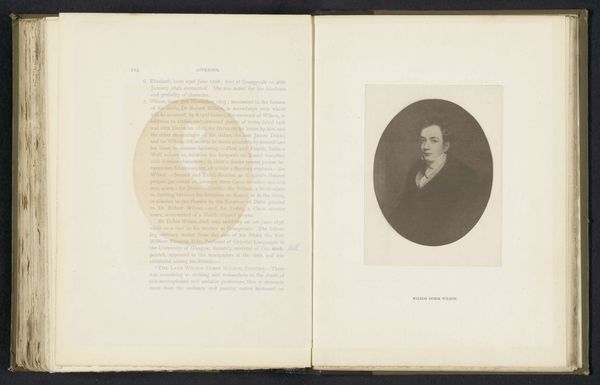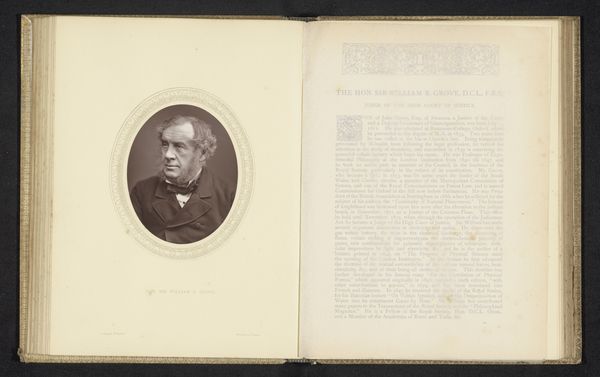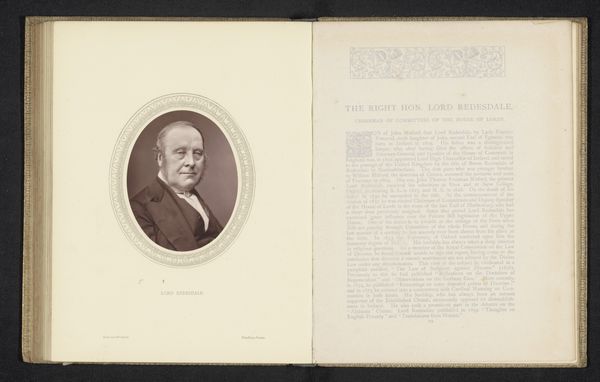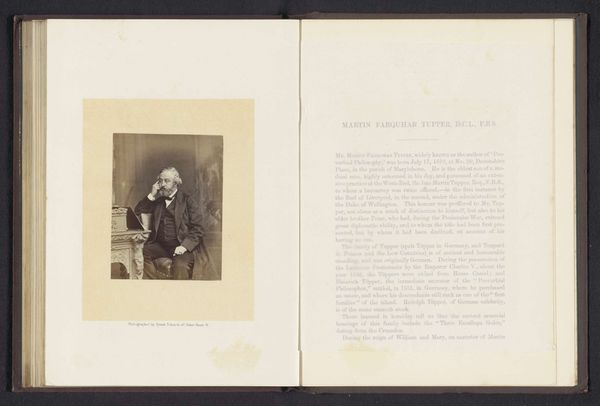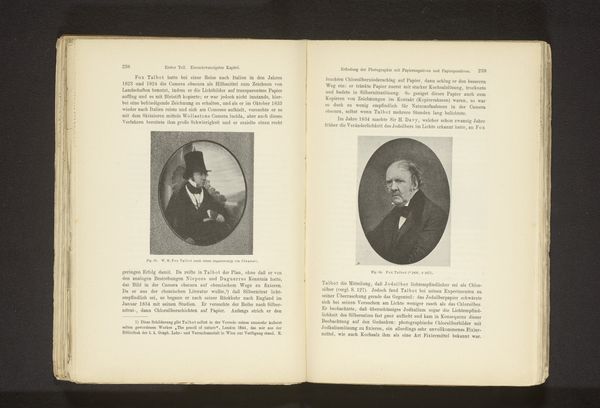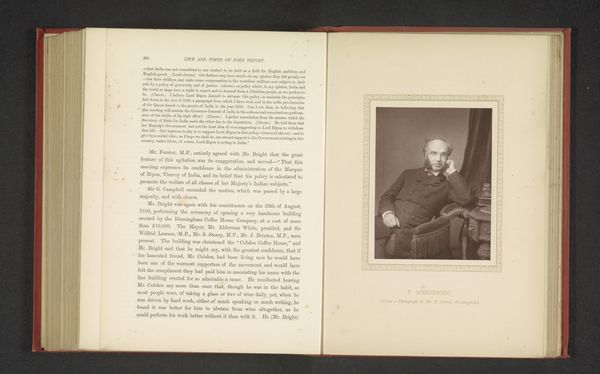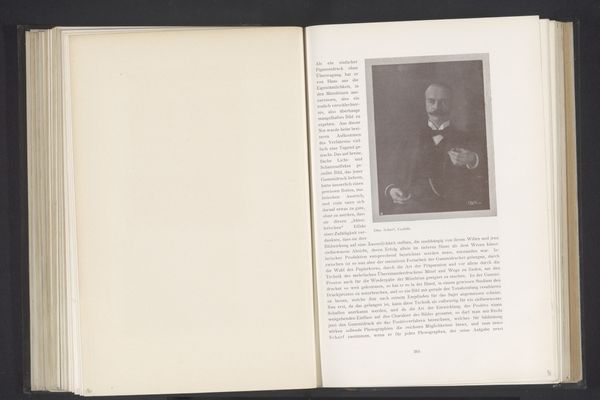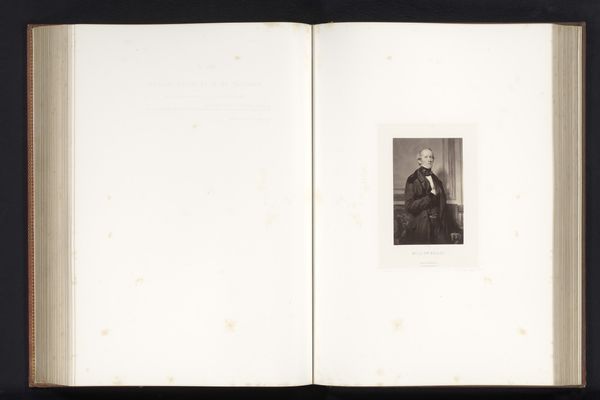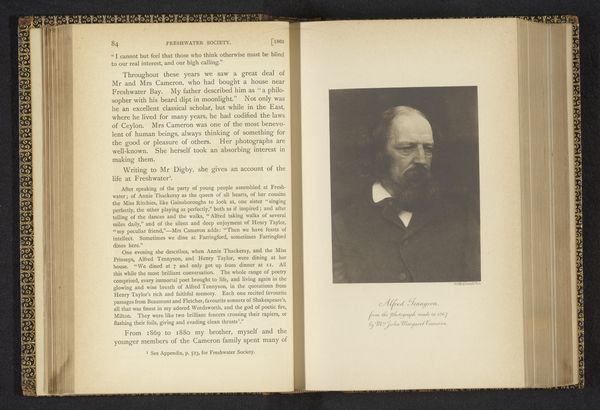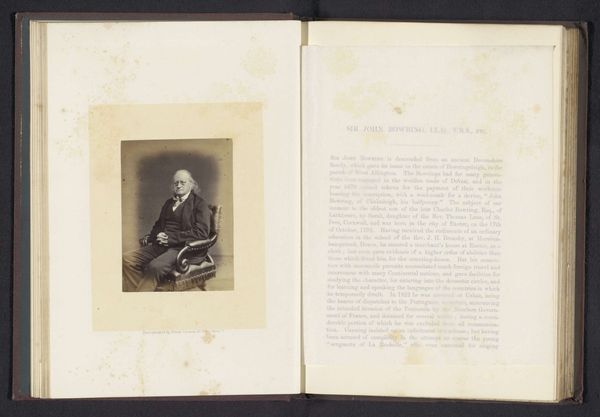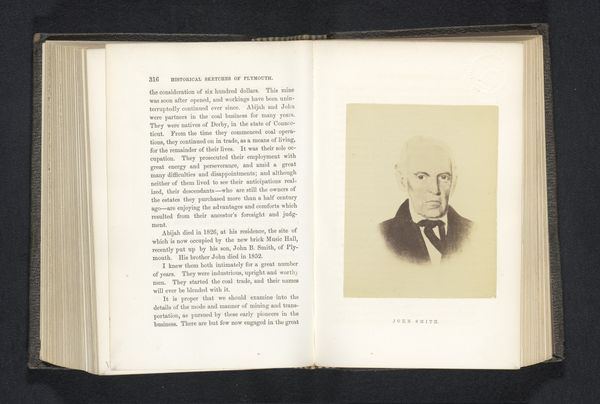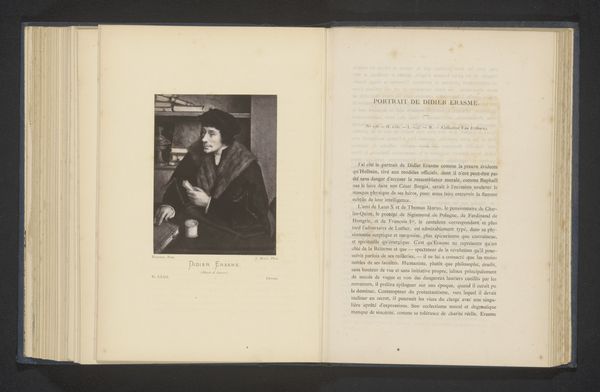
print, photography, albumen-print
#
portrait
# print
#
photography
#
albumen-print
#
realism
Dimensions: height 115 mm, width 95 mm
Copyright: Rijks Museum: Open Domain
Curator: Here we have an albumen print simply titled, "Robert W. Montgomery of Boston," dating to before 1896. Editor: My immediate impression is one of somber respectability. The composition is centered, tight. There's a certain weight to it that feels very turn-of-the-century. Curator: Albumen prints, like this one, were quite popular back then. It's photography, yes, but think about the labor involved. Coating paper with egg whites, sensitizing it... It’s a complex chemical and craft process, a far cry from today's point-and-shoot. Each print required skill and time, signifying a certain level of value attributed to the subject. Editor: Precisely! That careful process lends the image a symbolic gravity. Look at Montgomery’s stern gaze, his pursed lips. The lack of embellishment focuses attention on his face—the supposed window to his soul. It communicates not just his physical appearance but his presumed character. Notice, even the dark coat is devoid of texture, lending more weight to the face itself. It speaks of ambition and a quiet power. Curator: Or, perhaps that dark coat speaks more to available dye technology and cost. It was easier, cheaper to produce deep blacks and grays than lighter tones on fabric and in photography at the time. The symbolism you perceive could simply be dictated by industrial realities and chemical constraints in the manufacturing process. The sitter and artist, of course, made choices in those contexts, so the meanings are bound together. Editor: True, true, the practicalities of albumen printing are significant. Yet the choices made still emphasize certain values. Consider the cultural significance of a portrait itself—an emblem of social status and legacy. Montgomery wants to be remembered, perhaps even idealized, in this particular way, through this enduring image. Curator: Absolutely. It shows the sitter wanted to take part in photographic production, both by being materially present in its making and in influencing what we might gather about Montgomery of Boston today. Editor: Seeing "Robert W. Montgomery of Boston" like this lets me appreciate how we are still influenced by these subtle signs of historical self-presentation. Curator: For me, it underlines how technology shapes even the most apparently timeless artistic expressions. Thank you for the different viewpoint.
Comments
No comments
Be the first to comment and join the conversation on the ultimate creative platform.
